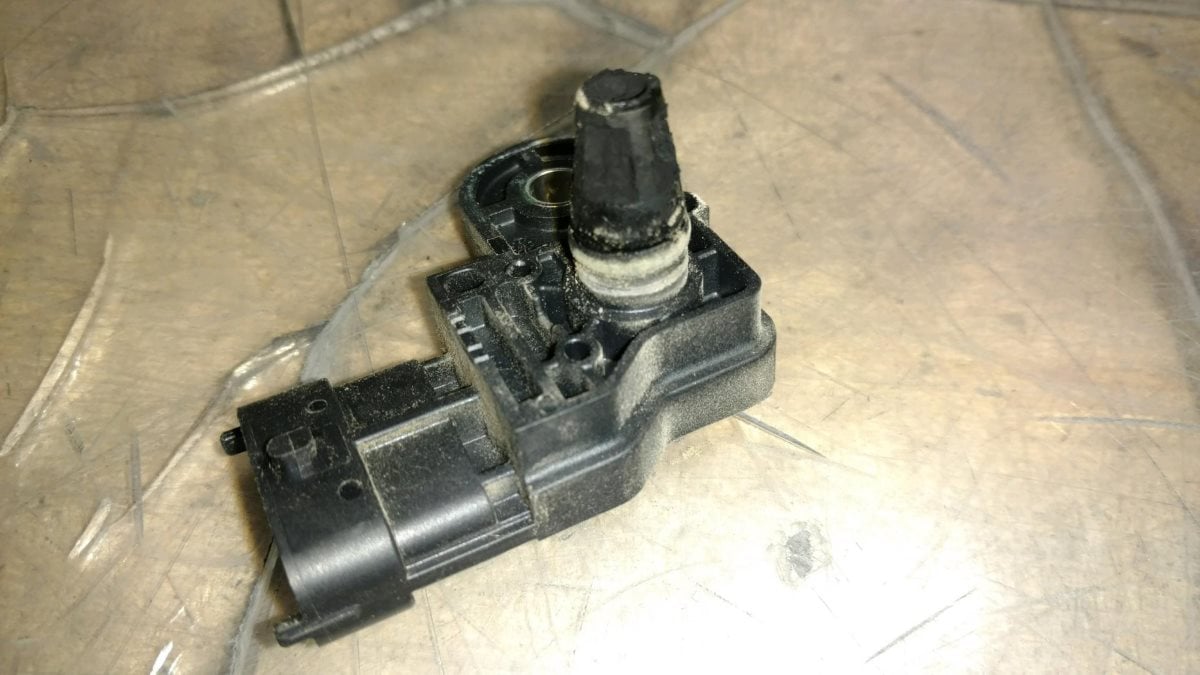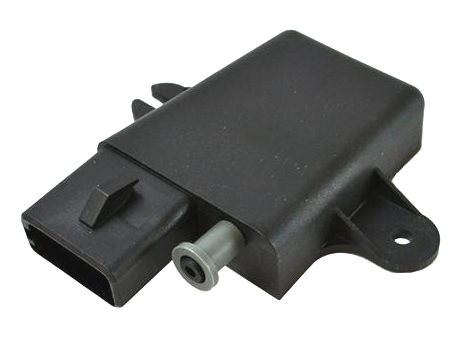What’s a Barometric Sensor Actually Do?
Alright, if you’ve ever been curious about what those “air pressure sensors” are actually doing under the bonnet of your Mazda Axela, Skoda Octavia, or even a trusty Honda Fit – let’s have a yarn. The barometric sensor (sometimes you’ll hear it called a BAP or “baro” sensor) has one main job. It keeps tabs on the outside air pressure, helping your engine know how much fuel and air to mix for the perfect burn, whether you’re crawling along Peachgrove Road in Hamilton East or zipping out of Te Awamutu heading for Cambridge.
See, air pressure changes all the time – especially going up the hills towards Te Kowhai or down to Morrinsville. Rain, humidity, even a chilly misty Waikato morning versus a dry Melville afternoon makes a difference. Your car relies on that barometric sensor to keep combustion nice and smooth, saving you fuel and stopping those annoying misfires.
How You’ll Know the Barometric Sensor’s Packing a Sad
Over the years, we’ve seen all sorts through the workshop. You might notice things go a bit off when you’re sitting in Hamilton traffic on Victoria Street or bouncing over those notorious Dinsdale potholes. Here’s what you might spot if your baro sensor’s dodgy:
- Sudden jump in fuel use – A classic one. We had a customer with a Subaru Legacy come in, saying the fuel tank seemed to empty just driving to The Base and back. Usually, it’s too much fuel being dumped in. Sensor’s not reading right.
- More smoke than usual – If you’re trailing black puffs heading into Leamington, could be the sensor not giving the right info and mucking up the mix. That’ll mess with your WOF Hamilton checks too. Nobody needs a fail for silly stuff.
- Sluggish off the lights – If your Toyota Aqua or Peugeot feels like it’s dragging a small trailer when you pull away from Five Cross Roads, could be the barometric sensor not telling your engine to pick up its game.
- Hard yakka starting – Sometimes the car just cranks longer than it should, especially on a foggy morning in Flagstaff or Tamahere. Could be the sensor not letting the fuel mix get right for startup.
- Idle up and down, hunting away – If your Nissan Note or Euro wagon idles a bit wild, surging up and down while waiting at the lights, that’s a sign too.
- Check Engine Light on – Most cars, whether it’s a Suzuki Swift or a more modern VW Golf, will flick the light up when the computer picks up these air/fuel hiccups.
Why Do These Sensors Go Crook?
Like anything under the bonnet, barometric sensors can chuck a wobbly after a few years. Seen it in everything from Isuzu Bighorns to Toyota Priuses:
- Dodgy wiring or loose plugs – We often find a loose connector or a chewed-out wire has let the gremlins in. Easy fix for our techs, usually.
- Clogged with rubbish or oil – Hamilton roads mean plenty of grime in the engine bay. Seen one case where a Kia Sportage had a sensor totally gunked up from an old oil leak.
- Old age – Some sensors just give up after years of hot/cold, start/stop, and rough roads between Hamilton Lake and Ngaruawahia. Happens to the best of them.
Where’s the Thing Hiding?
Honestly depends on the car, but you’ll usually find it somewhere close to the intake manifold or throttle body, often just in the engine bay. On some Mazdas and Euros it’s tucked back near the firewall, sometimes even piggy-backed onto other sensors. If you can’t spot it easily, best to check your manual or let one of our team track it down.
Need Your Barometric Sensor Sorted?
If your car’s been running rough, chugging through gas, or shouting at you with that check engine light – just pop in. Here at Grimmer Motors, we’ve got the know-how and the scan tools to get to the bottom of those air/fuel gremlins quick smart. We can replace your barometric sensor and make sure you’re not wasting fuel or failing a WOF for something simple. We’ve sorted this for all sorts – from a Hyundai Sonata taxi doing the Hamilton to Raglan run to Mums in Volkswagen Polos doing the school drop off in Rototuna or Chartwell.
For barometric sensor replacement for your car in Hamilton, contact Grimmer Motors today!


